Home>Gardening & Outdoor>Landscaping Ideas>What Will Kill Johnson Grass
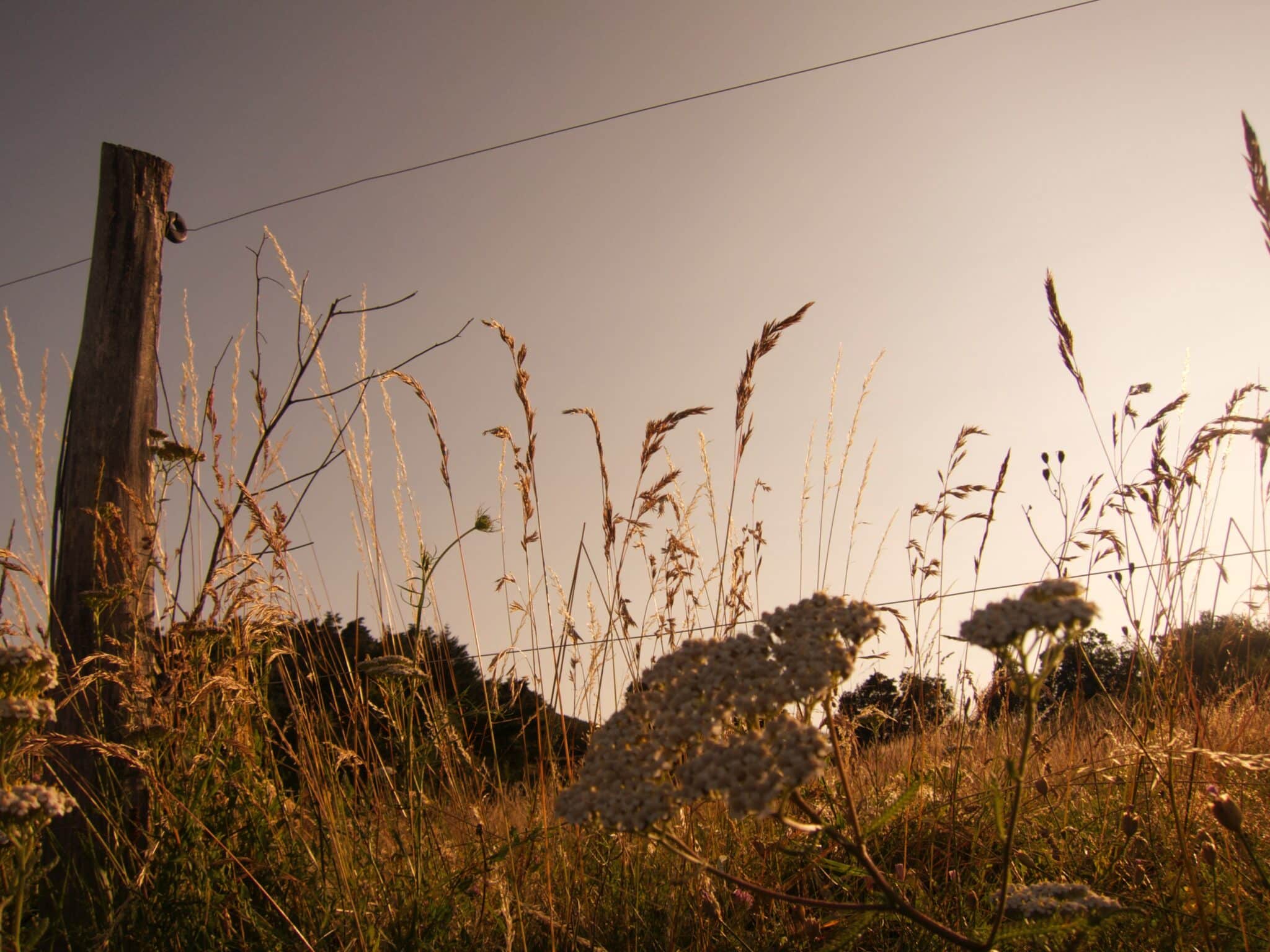

Landscaping Ideas
What Will Kill Johnson Grass
Modified: February 18, 2024
Discover effective landscaping ideas to eliminate Johnson grass and create a pristine outdoor space. Explore expert tips and methods for removing this invasive weed.
(Many of the links in this article redirect to a specific reviewed product. Your purchase of these products through affiliate links helps to generate commission for Storables.com, at no extra cost. Learn more)
Introduction
Welcome to the battle against Johnson grass, a formidable foe for any gardener or landscaper. This invasive weed, known for its rapid spread and tenacious nature, can quickly overtake lawns, gardens, and agricultural fields if left unchecked. However, fear not! With the right strategies and a bit of perseverance, you can effectively combat and control Johnson grass, restoring the beauty and health of your landscape.
In this comprehensive guide, we will explore various methods to tackle Johnson grass, ranging from natural and chemical approaches to integrated pest management techniques. By understanding the nature of this persistent weed and implementing targeted control measures, you can reclaim your outdoor spaces and prevent Johnson grass from wreaking havoc on your landscaping efforts.
Key Takeaways:
- Battle Johnson grass with natural methods like mowing and smothering to limit its vigor and promote a healthier landscape, fostering long-term sustainability and biodiversity.
- Integrated Pest Management combines cultural, mechanical, biological, and chemical strategies to effectively combat Johnson grass, prioritizing landscape resilience and minimizing environmental impact.
Read more: What Kills Johnson Grass
Understanding Johnson Grass
Before diving into control methods, it’s essential to grasp the characteristics of Johnson grass (Sorghum halepense) and why it poses a significant challenge to landscaping and agricultural endeavors. This perennial grass, native to the Mediterranean region, has gained notoriety as an aggressive and invasive species in many parts of the world, including the United States.
Johnson grass is known for its robust rhizome system, enabling it to spread rapidly underground and emerge at various points, making eradication a daunting task. Its tall, coarse stems and leaves can overshadow and outcompete desirable plants, leading to a decline in biodiversity and overall landscape aesthetics. Additionally, the plant’s prolific seed production further contributes to its persistence and ability to colonize new areas.
Furthermore, Johnson grass exhibits remarkable resilience, thriving in diverse soil types and environmental conditions. Its tolerance to drought, heat, and poor soil quality allows it to flourish in a wide range of landscapes, from arid regions to fertile farmlands. This adaptability makes it a formidable adversary for anyone seeking to maintain a well-manicured and healthy outdoor environment.
Recognizing the growth habits and ecological traits of Johnson grass is crucial for developing effective control strategies. By understanding its reproductive mechanisms, growth patterns, and environmental preferences, you can implement targeted approaches to limit its spread and ultimately minimize its impact on your landscape.
Natural Methods to Control Johnson Grass
When combating Johnson grass, natural control methods offer environmentally friendly and sustainable approaches to manage this persistent weed. By leveraging natural mechanisms and strategic interventions, you can suppress the growth and spread of Johnson grass while promoting a healthier ecosystem. Here are some effective natural methods to consider:
- Regular Mowing: Frequent mowing can help weaken Johnson grass by reducing its photosynthetic capacity and depleting its energy reserves stored in the rhizomes. Set your mower to a low cutting height to target the grass’s foliage and limit its ability to thrive.
- Smothering Techniques: Covering Johnson grass-infested areas with heavy mulch, such as cardboard or thick layers of organic matter, can smother the weed and impede its growth. This method deprives the grass of sunlight and hampers its ability to regenerate, gradually diminishing its vigor over time.
- Manual Removal: Though labor-intensive, hand-pulling or digging out Johnson grass, along with its rhizomes, can be an effective way to gradually reduce its population. Be vigilant in removing any regrowth to prevent the weed from rebounding.
- Soil Solarization: Utilize the sun’s energy to heat the soil and eradicate Johnson grass rhizomes by covering the affected area with clear plastic during the hot summer months. This process raises soil temperatures to levels that are detrimental to the weed’s survival.
- Competition Planting: Introduce competitive plant species that can outcompete Johnson grass for resources, such as water, nutrients, and sunlight. Select vigorous ground covers or dense plantings to create unfavorable conditions for the weed’s expansion.
By integrating these natural control methods into your landscaping practices, you can gradually diminish the presence of Johnson grass while fostering a more resilient and balanced outdoor environment. These approaches not only target the weed directly but also contribute to the overall health and vitality of your landscape, promoting long-term sustainability and biodiversity.
To kill Johnson grass, apply a non-selective herbicide containing glyphosate, making sure to follow the manufacturer’s instructions for proper application and safety precautions.
Chemical Methods to Control Johnson Grass
When facing a widespread infestation of Johnson grass, chemical control methods can provide effective and targeted solutions to manage this resilient weed. By utilizing herbicides specifically formulated to combat Johnson grass, you can strategically suppress its growth and prevent further encroachment. It’s important to approach chemical control with care and consideration for environmental impact, following label instructions and local regulations. Here are some key chemical methods to consider:
- Selective Herbicides: Selective herbicides designed to target grassy weeds, such as Johnson grass, while sparing desirable broadleaf plants can be applied with precision. These herbicides disrupt the weed’s growth processes, ultimately leading to its decline without harming surrounding vegetation.
- Systemic Herbicides: Systemic herbicides are absorbed by the plant and translocated throughout its vascular system, effectively reaching and impacting the rhizomes of Johnson grass. This approach provides comprehensive control, addressing both the visible foliage and the underground rhizome network.
- Post-Emergent Herbicides: Post-emergent herbicides are applied to actively growing Johnson grass, delivering targeted action to inhibit its development and gradually weaken its vitality. Timing is crucial when applying post-emergent herbicides to maximize their effectiveness.
- Pre-Emergent Herbicides: Pre-emergent herbicides form a barrier in the soil, preventing Johnson grass seeds from germinating and establishing new growth. By interrupting the weed’s life cycle at the seedling stage, pre-emergent herbicides can impede its expansion and reduce future infestations.
Prior to implementing chemical control methods, it’s advisable to conduct a thorough assessment of the infested area and consider the potential impact on non-target plants, wildlife, and water sources. Additionally, adherence to application rates, safety precautions, and environmental considerations is paramount to ensure responsible and effective weed management.
When used judiciously and in conjunction with other control strategies, chemical methods can play a valuable role in combating Johnson grass and reclaiming your landscape from its pervasive influence. By integrating these approaches with natural methods and integrated pest management principles, you can develop a holistic and sustainable weed control plan tailored to your specific landscaping needs.
Integrated Pest Management for Johnson Grass
Integrated Pest Management (IPM) offers a comprehensive and sustainable approach to addressing Johnson grass infestations, emphasizing the integration of multiple control tactics to minimize weed pressure while promoting ecological balance. By combining cultural, mechanical, biological, and chemical strategies within an IPM framework, you can effectively manage Johnson grass while reducing reliance on any single control method. Here’s how to implement an IPM program for Johnson grass:
- Monitoring and Assessment: Regularly inspect your landscape for signs of Johnson grass infestation, including its growth patterns, density, and potential impact on surrounding vegetation. Understanding the extent of the problem is crucial for devising an effective IPM strategy.
- Cultural Practices: Implement cultural techniques, such as proper irrigation, fertilization, and soil management, to promote the vigor and competitiveness of desirable plants, creating less hospitable conditions for Johnson grass to thrive.
- Mechanical Control: Utilize manual methods, like mowing, hand-pulling, or tilling, to physically disrupt and reduce the growth of Johnson grass. These mechanical interventions can complement other control measures and help manage the weed’s population over time.
- Biological Control: Explore the potential for biological agents, such as natural enemies or competitive plant species, to suppress the growth and spread of Johnson grass. Biological control methods can contribute to long-term management by leveraging ecological interactions to limit weed proliferation.
- Chemical Intervention: When necessary, judiciously incorporate targeted herbicide applications within the broader IPM framework to address persistent Johnson grass infestations. Selective and systemic herbicides can be utilized strategically to complement other control tactics.
By integrating these diverse approaches, an IPM program can effectively mitigate the impact of Johnson grass while promoting sustainable and ecologically sound weed management. IPM emphasizes a proactive and holistic approach, aiming to prevent and suppress weed populations through a combination of preventive measures, cultural practices, and targeted interventions.
When implementing an IPM plan for Johnson grass, it’s essential to prioritize long-term solutions that foster landscape resilience and minimize environmental impact. By tailoring control tactics to the specific characteristics of your landscape and the severity of the infestation, you can develop a customized and effective IPM strategy to combat Johnson grass and maintain the health and beauty of your outdoor spaces.
Read more: What Chemical Kills Johnson Grass
Conclusion
In the battle against Johnson grass, arming yourself with a diverse arsenal of control methods is key to reclaiming and preserving the beauty of your landscape. By understanding the nature of this resilient weed and implementing targeted strategies, you can effectively manage and suppress its growth while fostering a healthier outdoor environment. Whether you opt for natural, chemical, or integrated pest management approaches, each method plays a valuable role in combating Johnson grass and preventing its unchecked proliferation.
Embracing natural methods, such as regular mowing, smothering techniques, and manual removal, allows you to limit the weed’s vigor while promoting sustainable practices that contribute to overall landscape health. These approaches not only target Johnson grass directly but also foster a resilient and biodiverse outdoor space, minimizing the weed’s impact over time.
Chemical methods, when used judiciously and in accordance with environmental considerations, offer targeted and effective solutions to manage widespread Johnson grass infestations. Selective and systemic herbicides can play a valuable role in suppressing the weed’s growth while minimizing disruption to desirable plants and ecological balance.
Integrated Pest Management (IPM) serves as a holistic and sustainable framework for addressing Johnson grass infestations, emphasizing the integration of diverse control tactics to minimize weed pressure while promoting ecological balance. By combining cultural, mechanical, biological, and chemical strategies within an IPM framework, you can develop a comprehensive approach tailored to your specific landscaping needs.
Ultimately, the battle against Johnson grass requires a multifaceted and adaptable approach, recognizing the resilience and tenacity of this invasive weed. By leveraging a combination of control methods and embracing a proactive mindset, you can effectively manage Johnson grass and cultivate a vibrant and thriving outdoor landscape for years to come.
With a well-rounded understanding of Johnson grass and a strategic approach to weed control, you are equipped to tackle this formidable adversary and restore the natural beauty of your outdoor spaces.
Frequently Asked Questions about What Will Kill Johnson Grass
Was this page helpful?
At Storables.com, we guarantee accurate and reliable information. Our content, validated by Expert Board Contributors, is crafted following stringent Editorial Policies. We're committed to providing you with well-researched, expert-backed insights for all your informational needs.
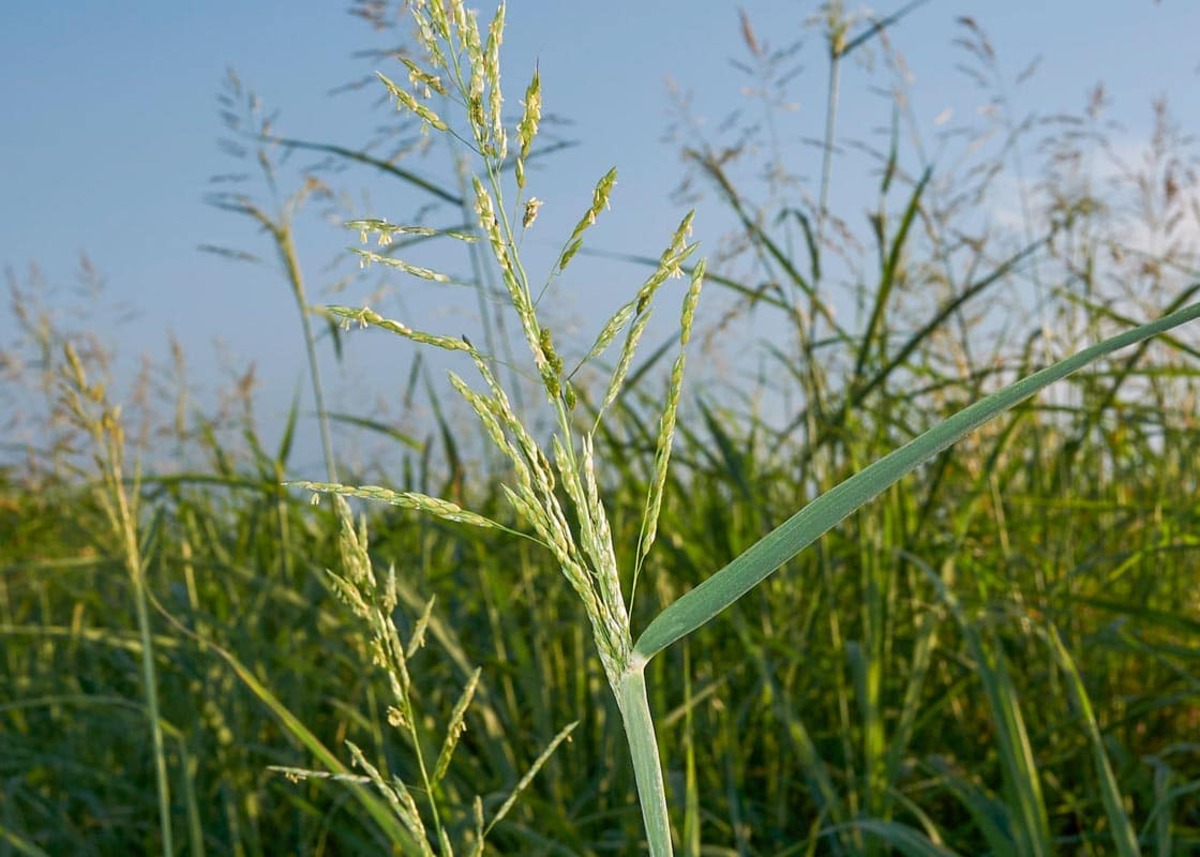
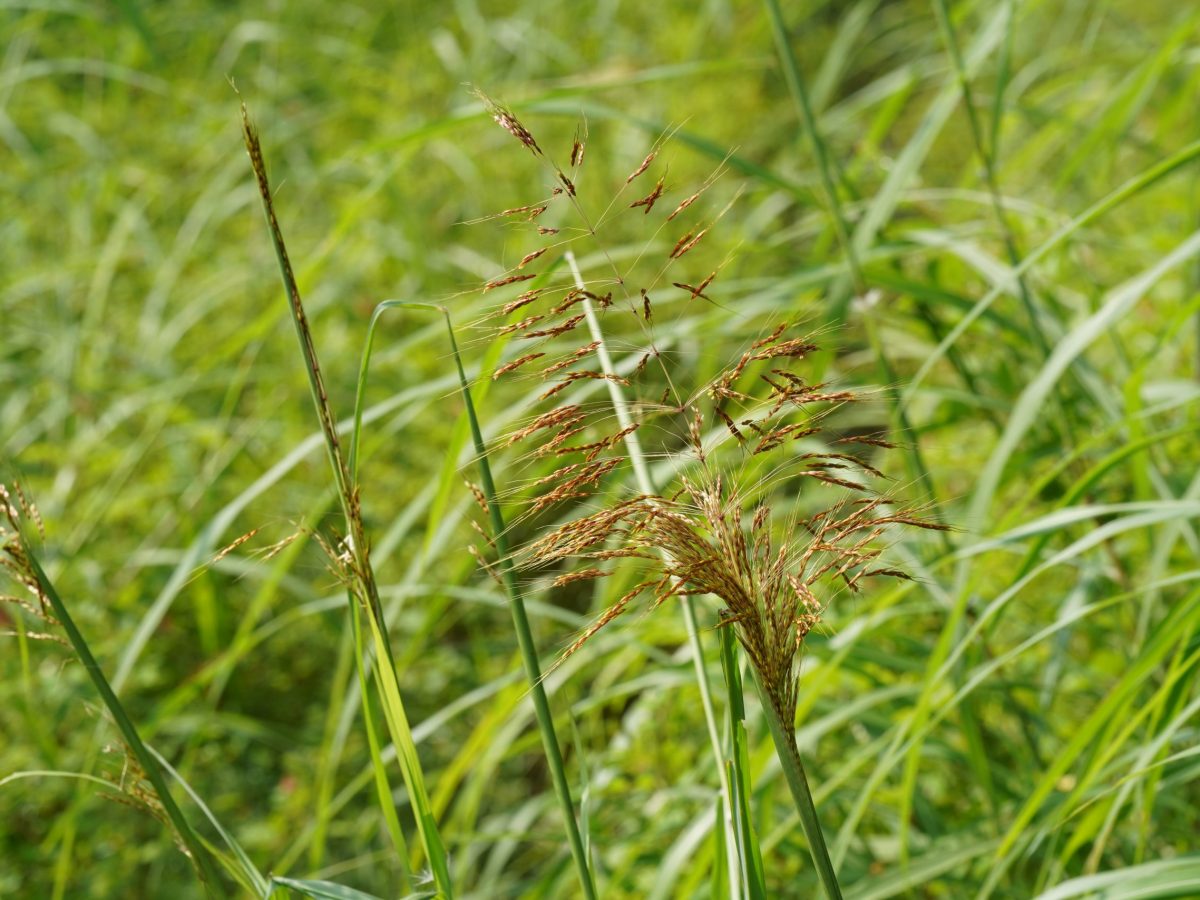
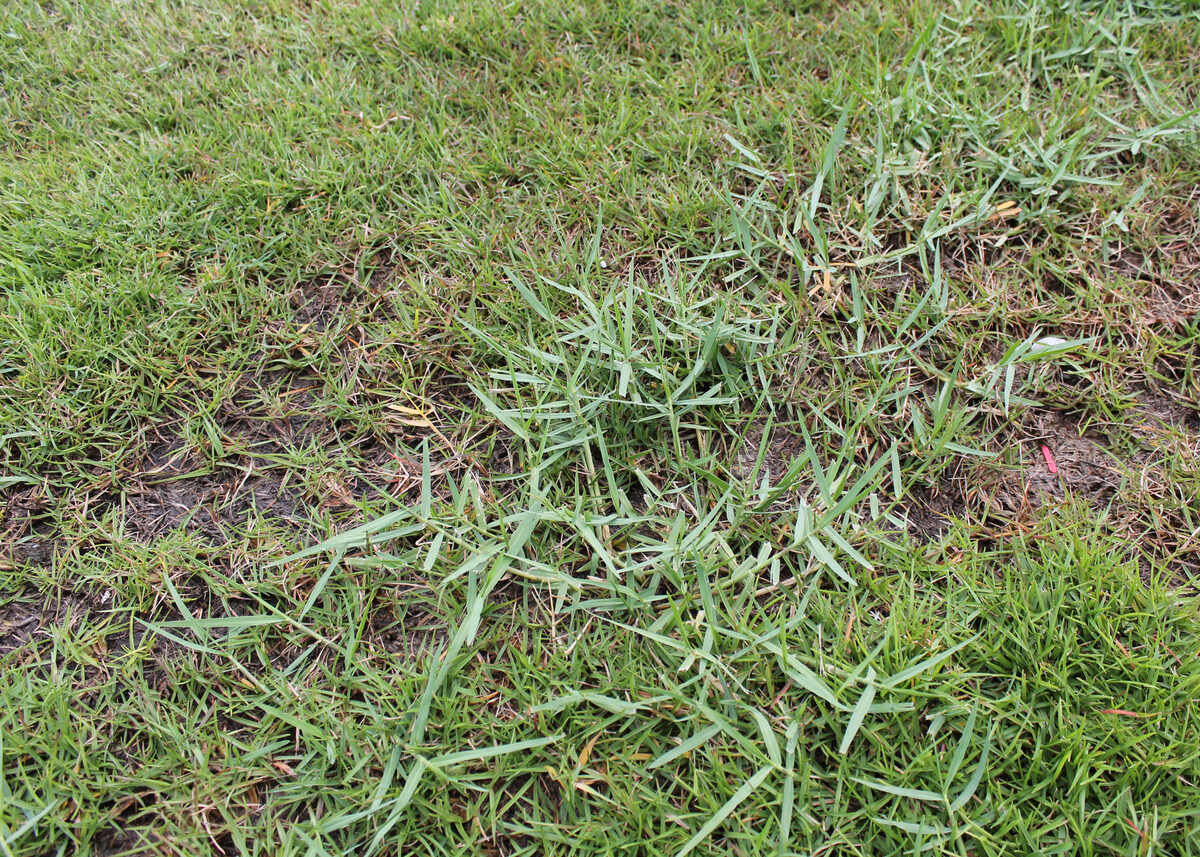
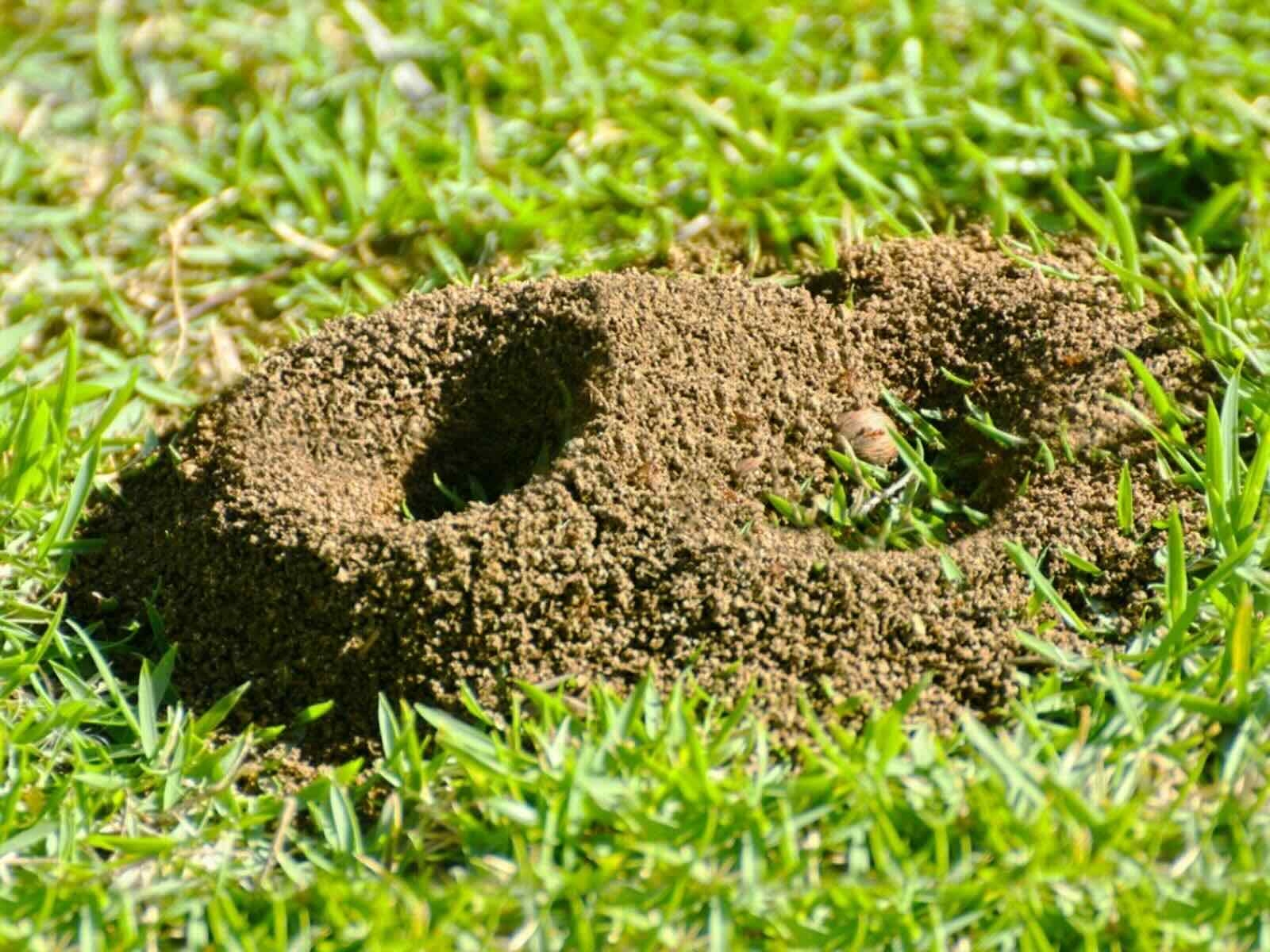
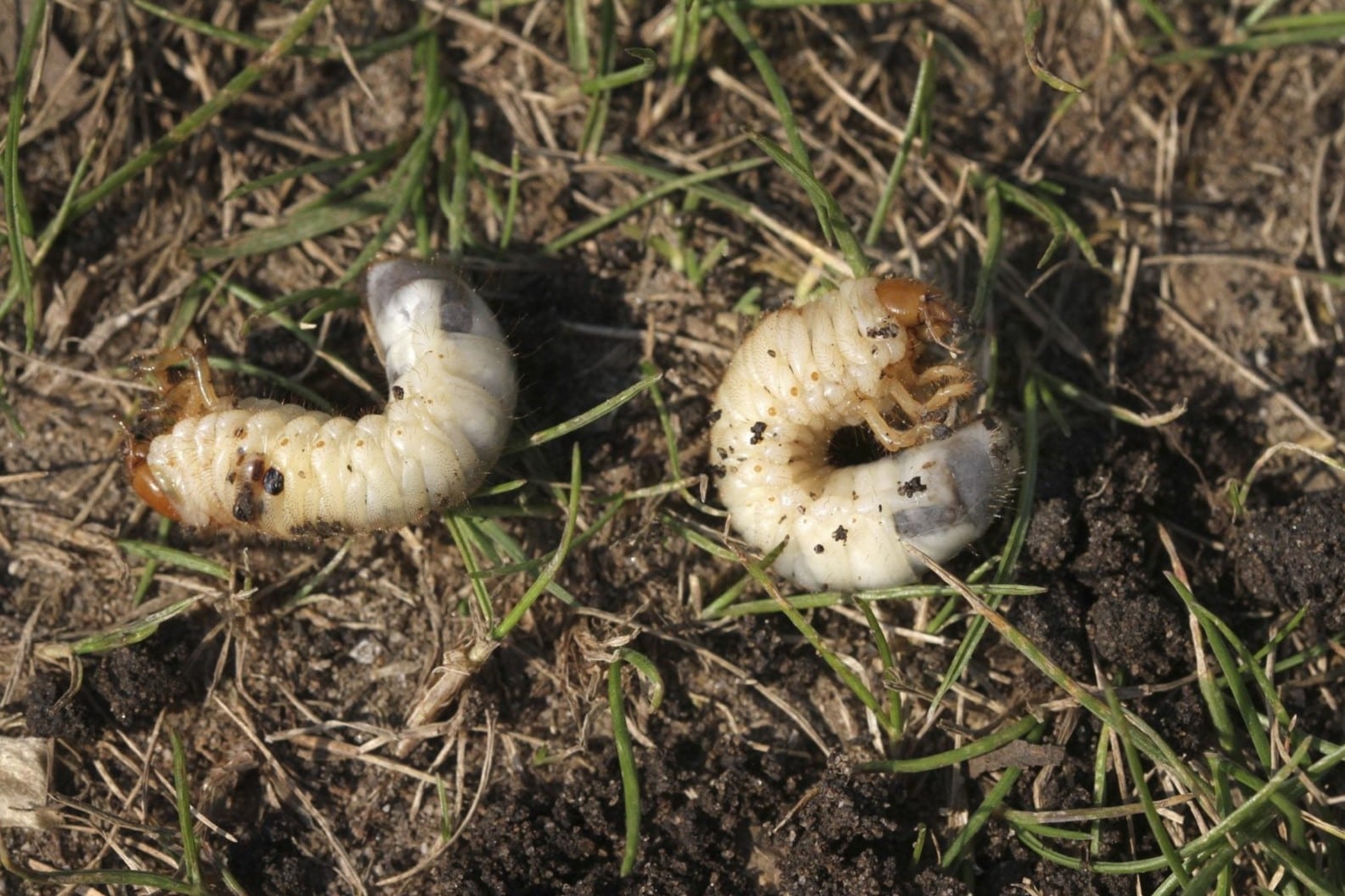
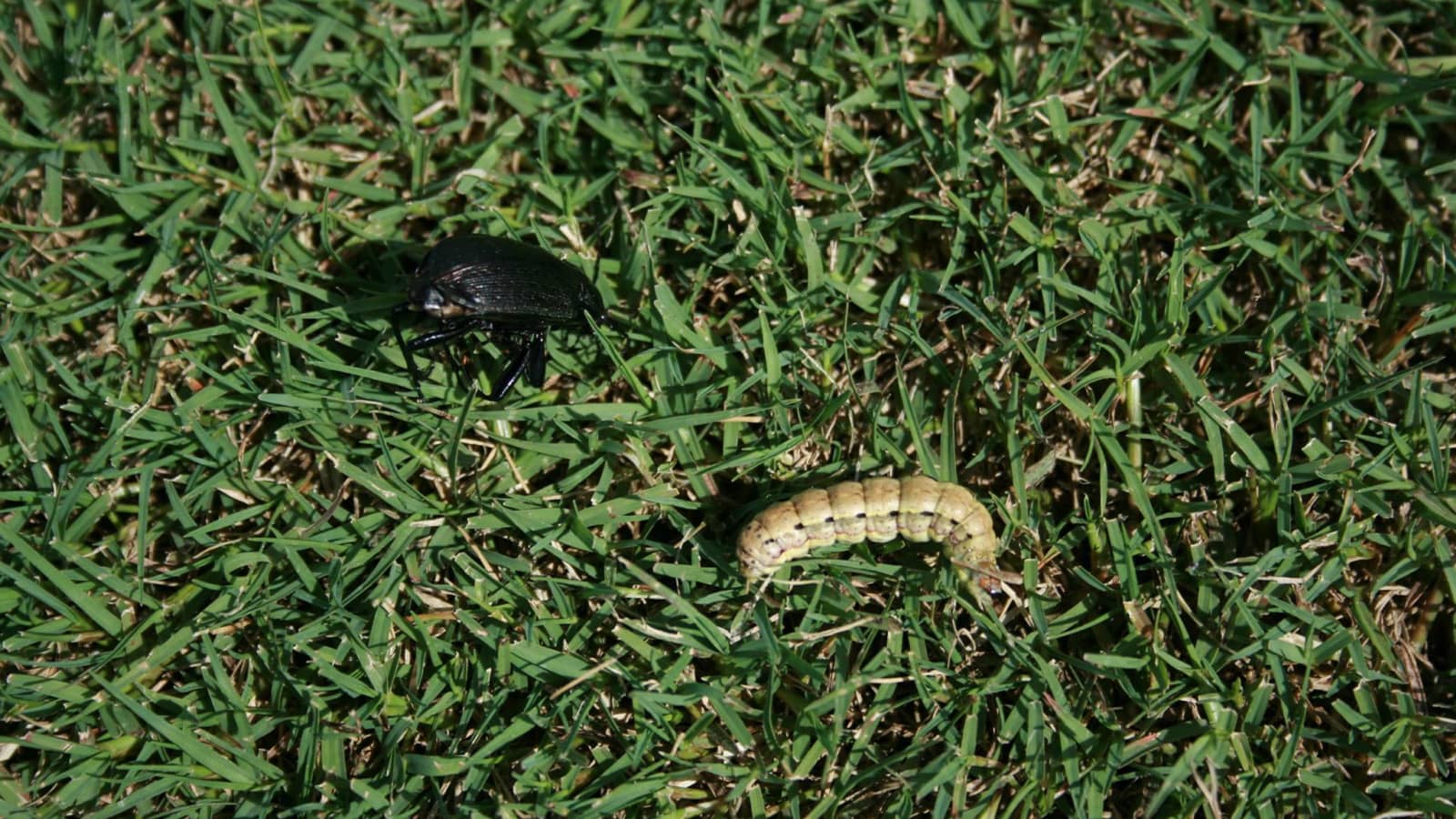
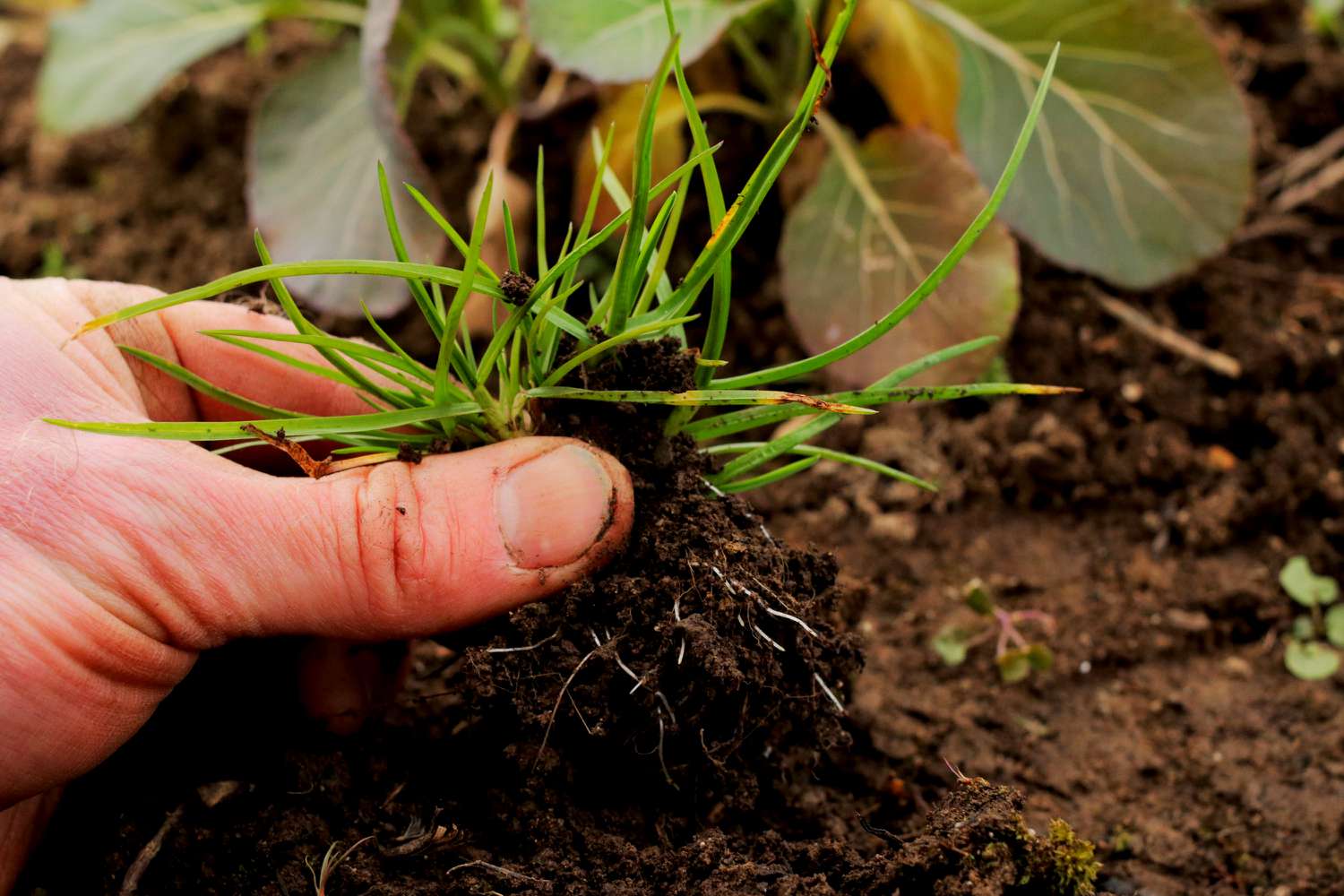
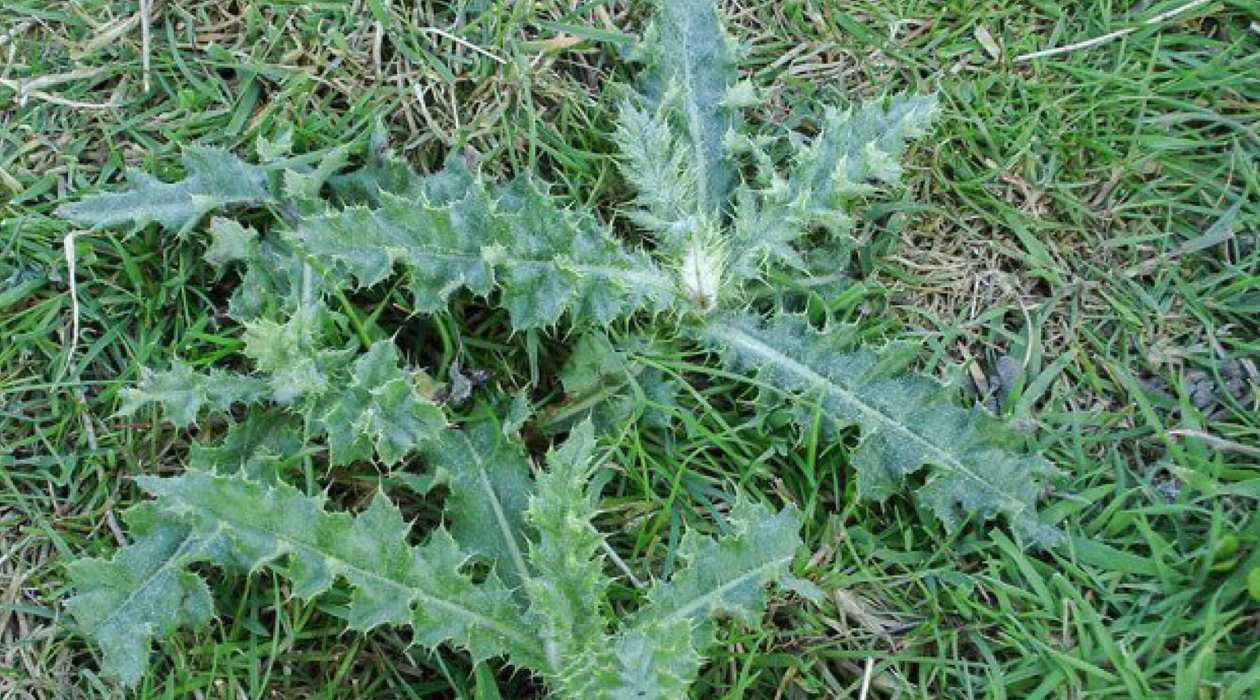
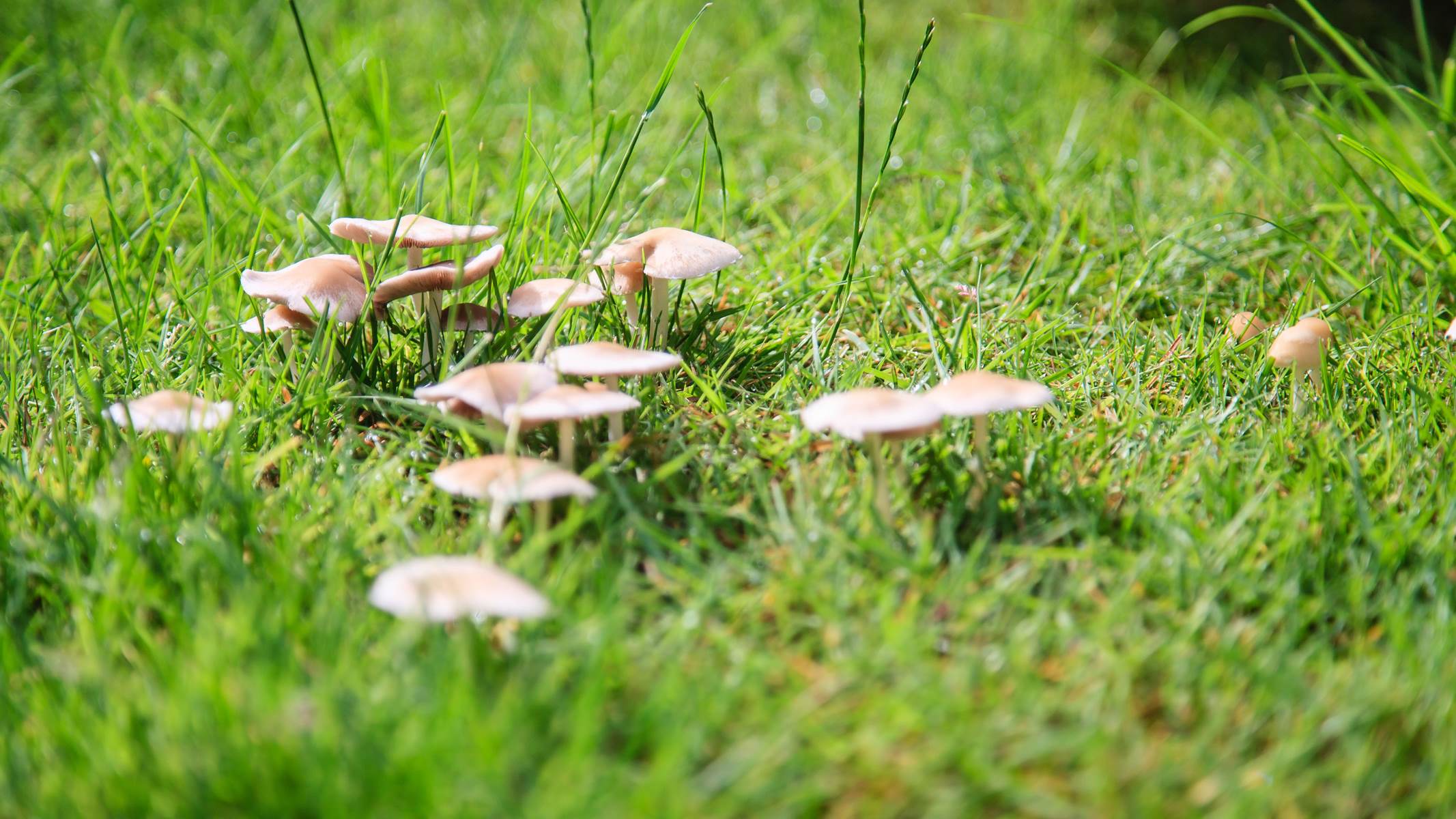
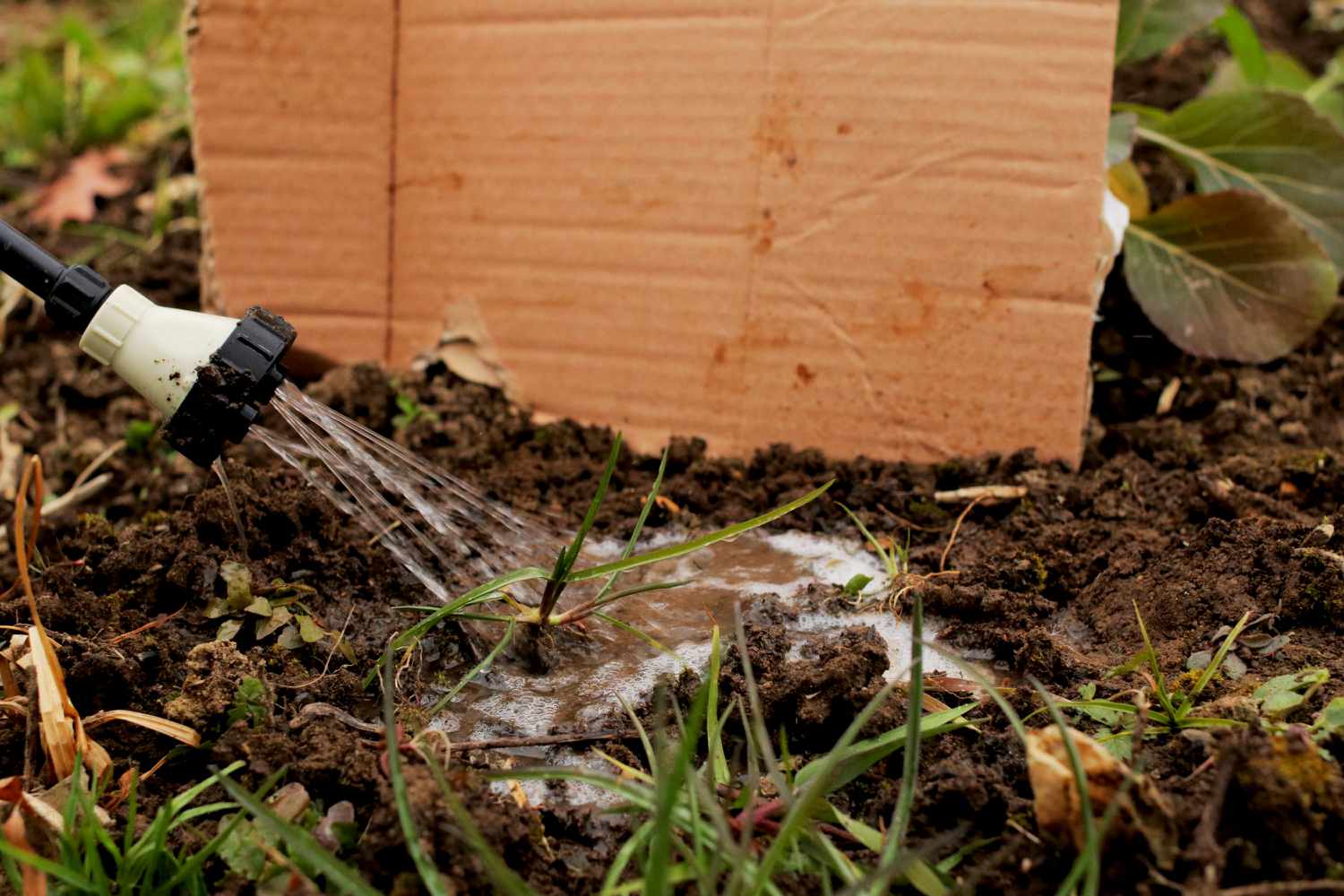
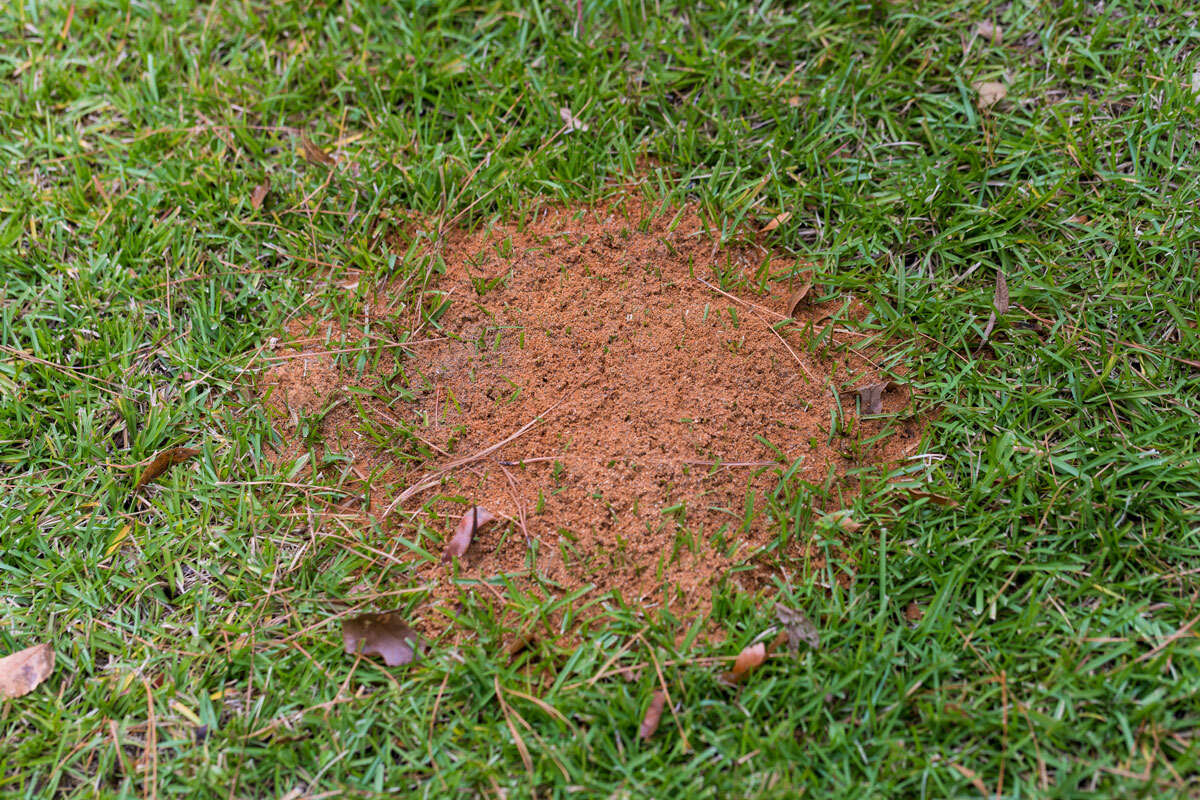
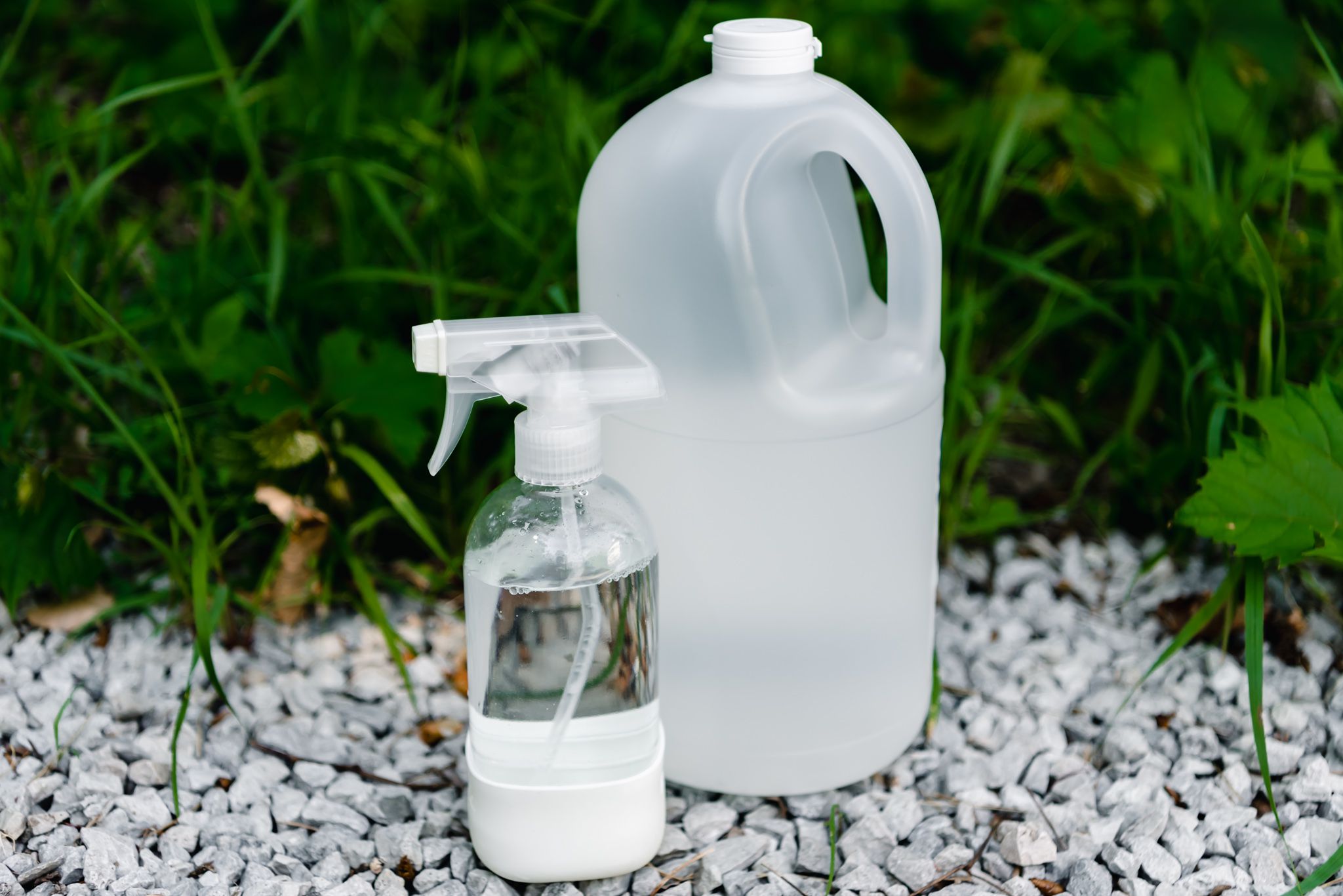
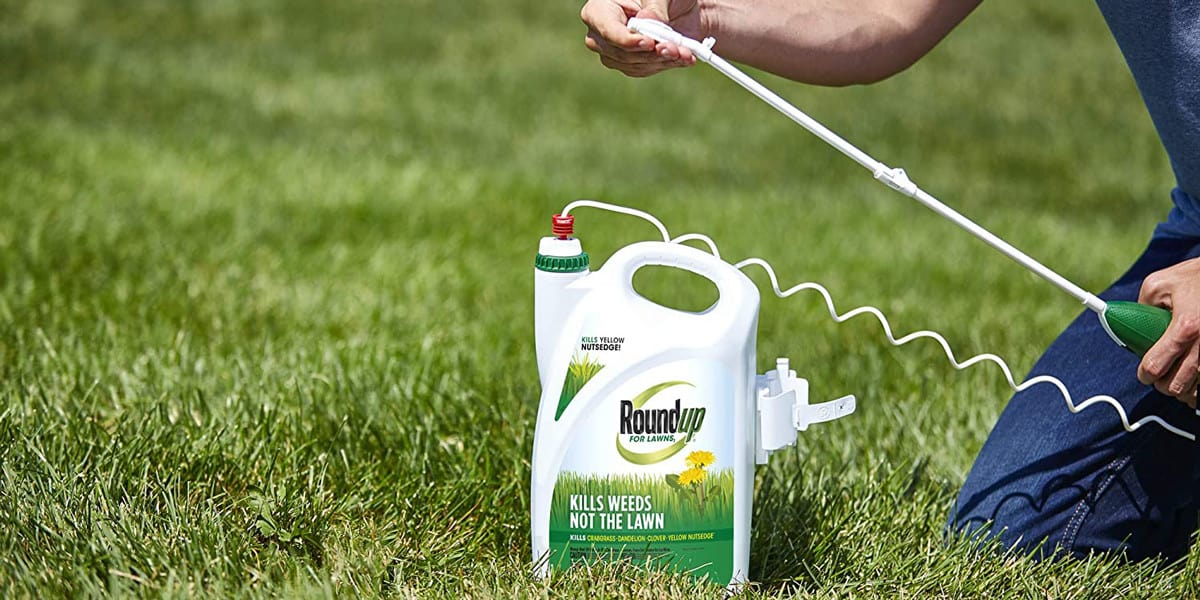
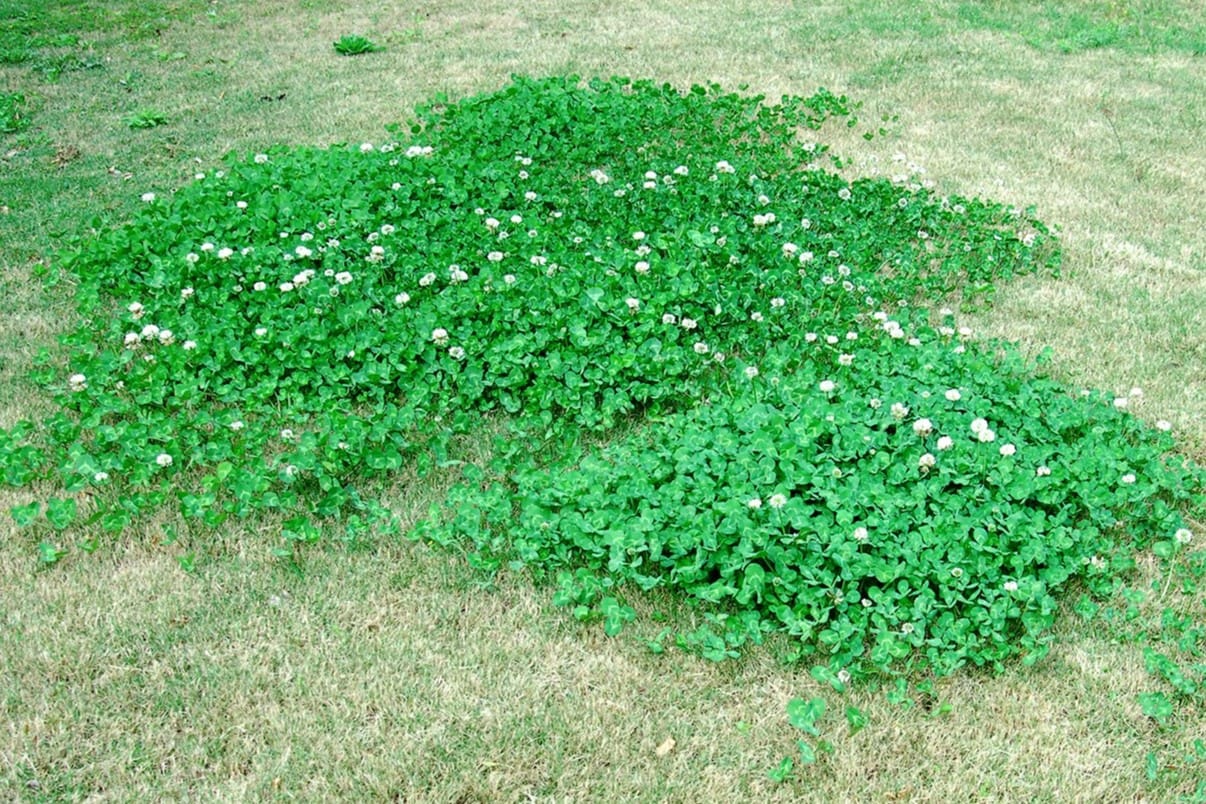

0 thoughts on “What Will Kill Johnson Grass”